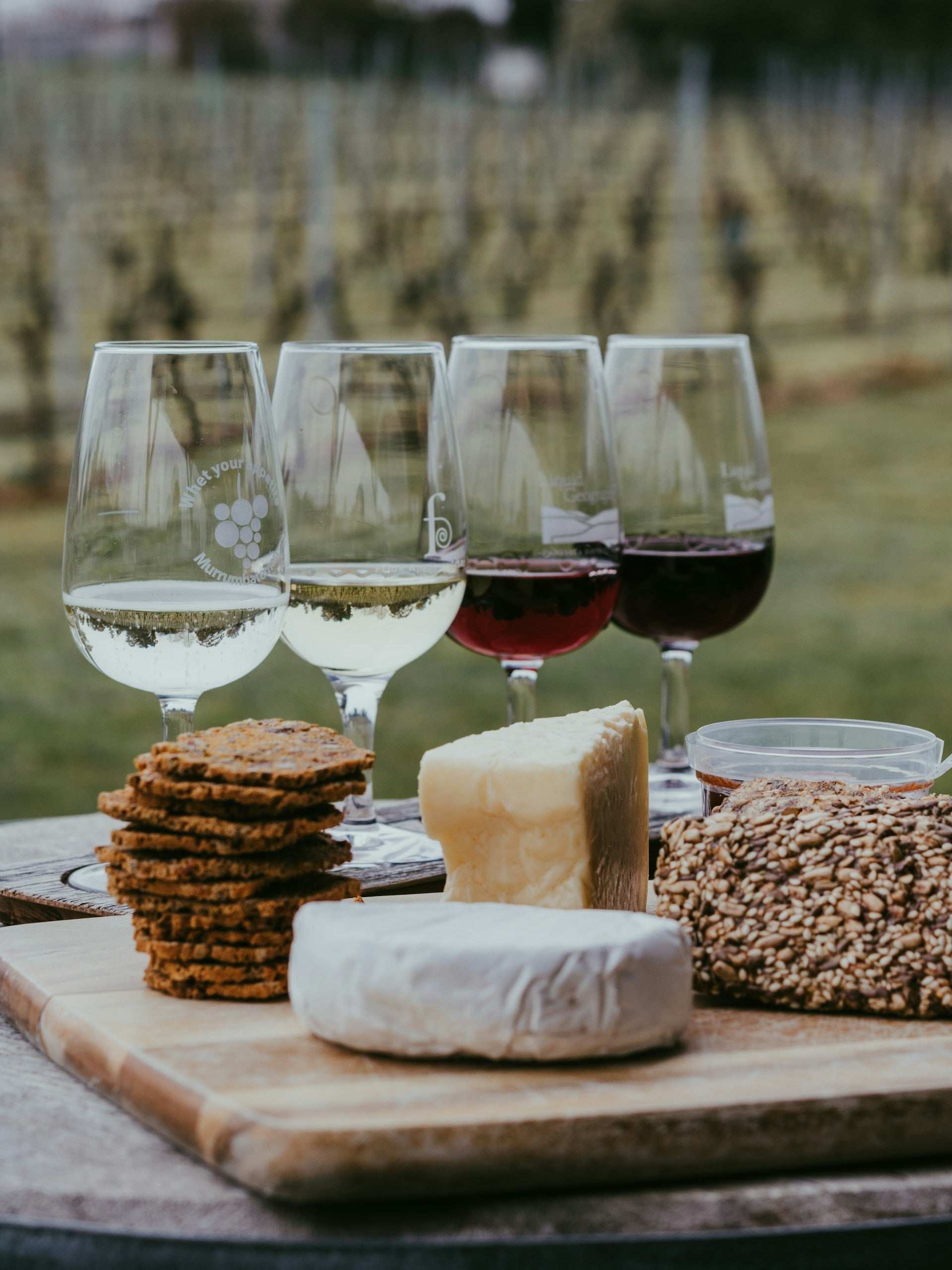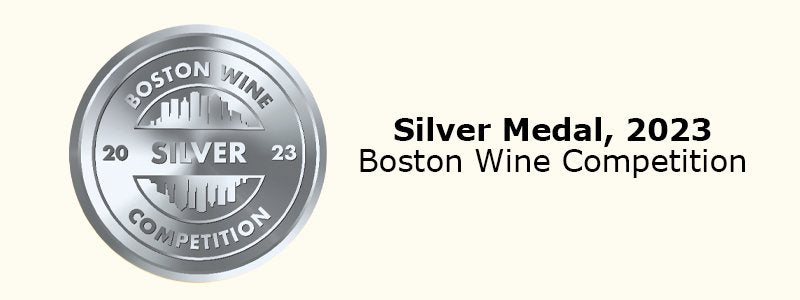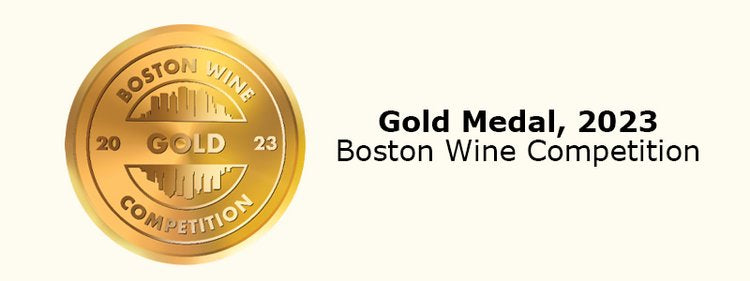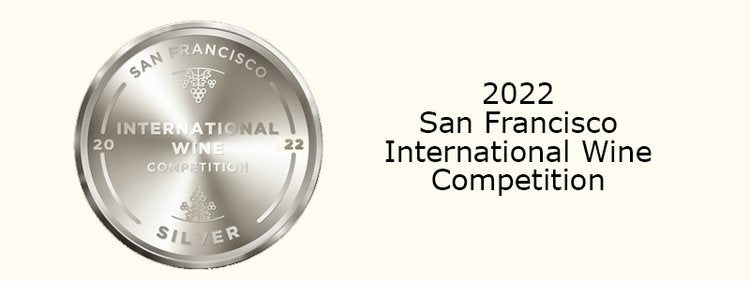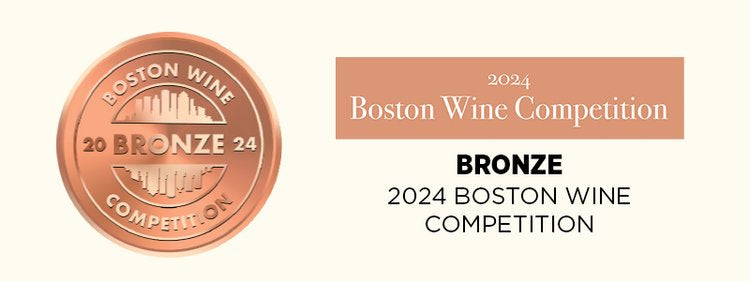Understanding White and Red Wines
The Nuanced Divide.
In the cobblestone cellar of Château Margaux, Philippe Bascaules gently swirls a glass of the estate's renowned red, holding it to the light before taking a thoughtful sip. Three thousand miles away, in California's Russian River Valley, winemaker Kathleen Inman does the same with her prized Chardonnay. Though separated by an ocean and working with dramatically different products, they share a common language—one that speaks to the profound complexity found in the world of wine.
"Wine is not just something we drink," says Bascaules, the Managing Director at Château Margaux. "It is a cultural artifact, a living expression of place and time."
White wine and red wine—the two pillars upon which the global wine industry stands—represent far more than simple color variations. They embody distinct histories, production philosophies, and sensory experiences that have captivated humanity for millennia. Understanding their differences requires looking beyond appearance to the intricate tapestry of factors that shape what ends up in our glasses.
The Science Behind the Colors
The fundamental distinction between white and red wines begins in the vineyard but becomes most pronounced in the winery. Contrary to popular belief, many white wine grapes aren't actually white but green or golden-yellow. The clear juice extracted from these grapes ferments without skin contact, preserving its translucent character.
"The transformative moment in winemaking is deciding how to handle the skins," explains Dr. Linda Bisson, Professor Emeritus of Viticulture and Enology at UC Davis. "This single decision sets these two wine categories on entirely different developmental trajectories."
Red wines derive their color, structure, and many flavor compounds from extended contact with grape skins during fermentation. These skins contain anthocyanins (color compounds) and tannins (structural compounds) that gradually integrate into the wine. The duration of this skin contact—which can range from days to weeks—significantly affects the final product's characteristics.
Some white wines, like traditional Champagne, can actually be made from red grapes (primarily Pinot Noir), with careful pressing techniques ensuring no color extraction from the skins. Meanwhile, the rising popularity of "orange wines" (white wines made with skin contact) demonstrates how production methods can blur traditional categories.
The Aromatic Symphony
White wines typically present a different aromatic profile than their red counterparts. Dr. Ann Noble, creator of the Wine Aroma Wheel, notes that "whites often express more primary fruit characteristics—citrus, stone fruits, tropical notes—while reds showcase a broader spectrum that includes darker fruits, spices, and often more tertiary aromas developing with age."
In Marlborough, New Zealand, Sauvignon Blanc jumps from the glass with explosive notes of passionfruit, gooseberry, and fresh-cut grass—the result of specific aromatic compounds called thiols. Meanwhile, in Barolo, Italy, Nebbiolo offers a more reserved initial impression, slowly unfurling complex notes of tar, roses, cherries, and forest floor as it breathes.
"White wines can be immediate in their pleasure," says Master Sommelier Pascaline Lepeltier. "Reds often ask for patience, rewarding those who take time to understand them."
This difference extends beyond just aroma to the complete sensory experience. The structural components of red wines—particularly tannins—create a tactile sensation that white wines rarely possess. These tannins, polyphenolic compounds extracted from grape skins, seeds, and stems (and sometimes oak barrels), contribute to the astringent or drying sensation experienced when drinking certain red wines.
Regional Expressions and Terroir
Wine regions around the world have historically specialized in either white or red production based on climate, soil, cultural preferences, and market forces. Understanding these regional expressions provides deeper insight into the white versus red conversation.
White Wine Strongholds
Chablis, France: In this northerly Burgundian outpost, Chardonnay takes on a dramatically different character than it does in warmer climates. The region's Kimmeridgian soils—ancient seabeds rich in fossilized oyster shells—contribute to wines of razor-sharp acidity and pronounced minerality.
"Our wines reflect an austere beauty," says Vincent Dauvissat, whose family has been making Chablis for generations. "They are not about power but precision."
Mosel, Germany: Along the steep slate slopes of this winding river valley, Riesling achieves perhaps its most ethereal expression. The combination of marginal climate conditions, slate soils, and traditional winemaking results in wines of remarkable tension and longevity.
Marlborough, New Zealand: In just four decades, this region transformed from sheep farming country to the spiritual home of New Zealand's distinctive style of Sauvignon Blanc. The intense ultraviolet light and significant diurnal temperature shifts contribute to wines of unparalleled aromatic intensity.
Red Wine Territories
Bordeaux, France: Perhaps the world's most influential red wine region, Bordeaux's gravelly Left Bank and clay-rich Right Bank produce distinctly different expressions of primarily Cabernet Sauvignon and Merlot, respectively. The region's maritime climate allows for slow, even ripening in most vintages.
Barolo, Italy: In the fog-shrouded hills of Piedmont, Nebbiolo reaches its zenith. These wines, often requiring a decade or more to fully mature, combine seemingly contradictory elements—delicate aromas of rose petals alongside powerful tannins and acidity.
Napa Valley, USA: America's premier wine region established its reputation through Cabernet Sauvignon that balances Old World structure with New World fruit intensity. The valley's diverse microclimates allow for remarkable variation across relatively short distances.
Health Considerations: Beyond the Headlines
The health implications of wine consumption have been extensively studied, with research often highlighting differences between white and red varieties. The frequently cited health benefits of red wine relate primarily to its polyphenol content, particularly resveratrol, which some studies suggest may have cardioprotective effects.
"The scientific evidence points to modest cardiovascular benefits from moderate consumption of either wine type," says Dr. Eric Rimm, Professor of Epidemiology and Nutrition at Harvard's T.H. Chan School of Public Health. "However, the advantage red wine holds in polyphenol content is significant."
A 2019 study published in the journal Gastroenterology found that red wine drinkers showed greater microbiome diversity—associated with better gut health—compared to non-wine drinkers or those who consumed other alcoholic beverages.
However, Dr. Rimm cautions against drinking wine solely for health reasons: "The difference in health outcomes between abstainers and moderate drinkers is relatively small compared to other lifestyle factors like diet, exercise, and smoking status."
Both white and red wines contain alcohol, which in excess is associated with numerous health risks including liver disease, certain cancers, and dependency issues. Most health organizations define moderate consumption as up to one drink daily for women and up to two for men.
The Art of Food Pairing
The conventional wisdom—white wine with fish, red wine with meat—contains a kernel of truth but drastically oversimplifies a nuanced subject. Modern sommeliers approach pairing with more sophisticated considerations.
"Rather than focusing solely on the protein, consider the preparation method, sauce components, and overall weight of the dish," advises Karen MacNeil, author of "The Wine Bible." "A lightly grilled piece of tuna might pair beautifully with Pinot Noir, while a chicken in cream sauce could call for a full-bodied Chardonnay."
The structural elements of wines provide useful pairing guidelines:
- High-acid whites cut through rich, fatty dishes and complement acidic foods
- Tannic reds balance protein-rich foods, with the proteins softening the perception of tannins
- Sweet wines counterbalance spicy heat and enhance desserts without overwhelming them
- Full-bodied wines match dishes of similar intensity
"The most successful pairings create a conversation between food and wine," says Master Sommelier Madeline Triffon. "Each should elevate the other, revealing dimensions that might not be apparent when consumed separately."
Modern Trends and Future Directions
The traditional boundaries between white and red wines continue to blur as winemakers experiment with techniques like whole-cluster fermentation for whites, carbonic maceration for reds, and varying levels of skin contact for both categories.
Climate change presents existential challenges for many traditional growing regions while opening possibilities in previously unsuitable areas. As temperatures rise, many historically red wine regions are seeing increased white wine production, while cool-climate areas experiment more with red varieties.
"We're witnessing a significant shift in consumer preferences," notes Rob McMillan, Executive Vice President of Silicon Valley Bank's Wine Division. "The younger generation approaches wine with fewer preconceptions about what constitutes quality or value."
This generational change, coupled with increased global connectivity, has elevated previously overlooked wine styles and regions. Greek Assyrtiko, Austrian Blaufränkisch, and Chilean old-vine Carignan exemplify varieties gaining recognition beyond their traditional boundaries.
"The most exciting aspect of today's wine world is its democratization," says sommelier and writer Jon Bonné. "Quality wines are being produced in more places than ever before, and consumers have unprecedented access to diverse styles."
The Personal Connection
Beyond the technical aspects, statistics, and trends lies perhaps the most important dimension of the white versus red discussion: the deeply personal nature of wine preference. Our individual sensory equipment, cultural background, and formative experiences all shape our relationship with wine.
"People should drink what brings them pleasure," insists Laura Catena, Managing Director of Argentina's Catena Zapata winery. "While understanding wine enhances appreciation, enjoyment remains subjective."
Whether you find yourself reaching for a crystalline Riesling or a robust Syrah, the choice reflects something meaningful about your sensory world. Perhaps the true beauty of the wine universe lies in this diversity—the endless variations that ensure everyone can find their personal vinous voice.
In the end, white and red wines don't compete so much as complement each other, representing different branches of the same magnificent tree. Each has its moment, its perfect setting, its loyal adherents. And for the curious drinker, both offer a lifetime of discovery.
Sidebar: Understanding White and Red Wine at a Glance
White Wines:
- Made with minimal or no skin contact
- Typically higher in acidity
- Often served chilled (45-55°F)
- Common varieties: Chardonnay, Sauvignon Blanc, Riesling, Pinot Grigio
- Generally consumed younger than reds
- Flavor profiles often include citrus, stone fruits, tropical notes, and floral elements
Red Wines:
- Fermented with grape skins
- Contain tannins that provide structure and aging potential
- Typically served at cool room temperature (55-65°F)
- Common varieties: Cabernet Sauvignon, Pinot Noir, Merlot, Syrah/Shiraz
- Often benefit from aging
- Flavor profiles often include red and black fruits, spices, herbs, and earthy elements

